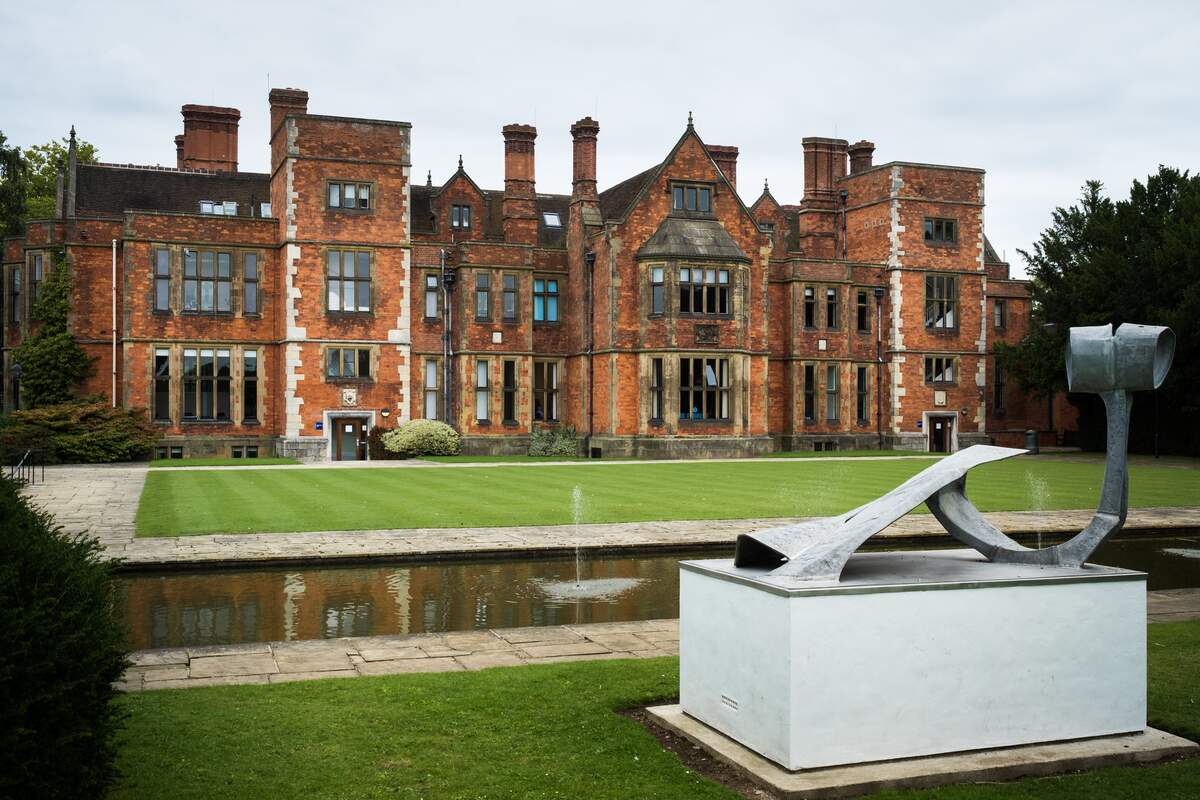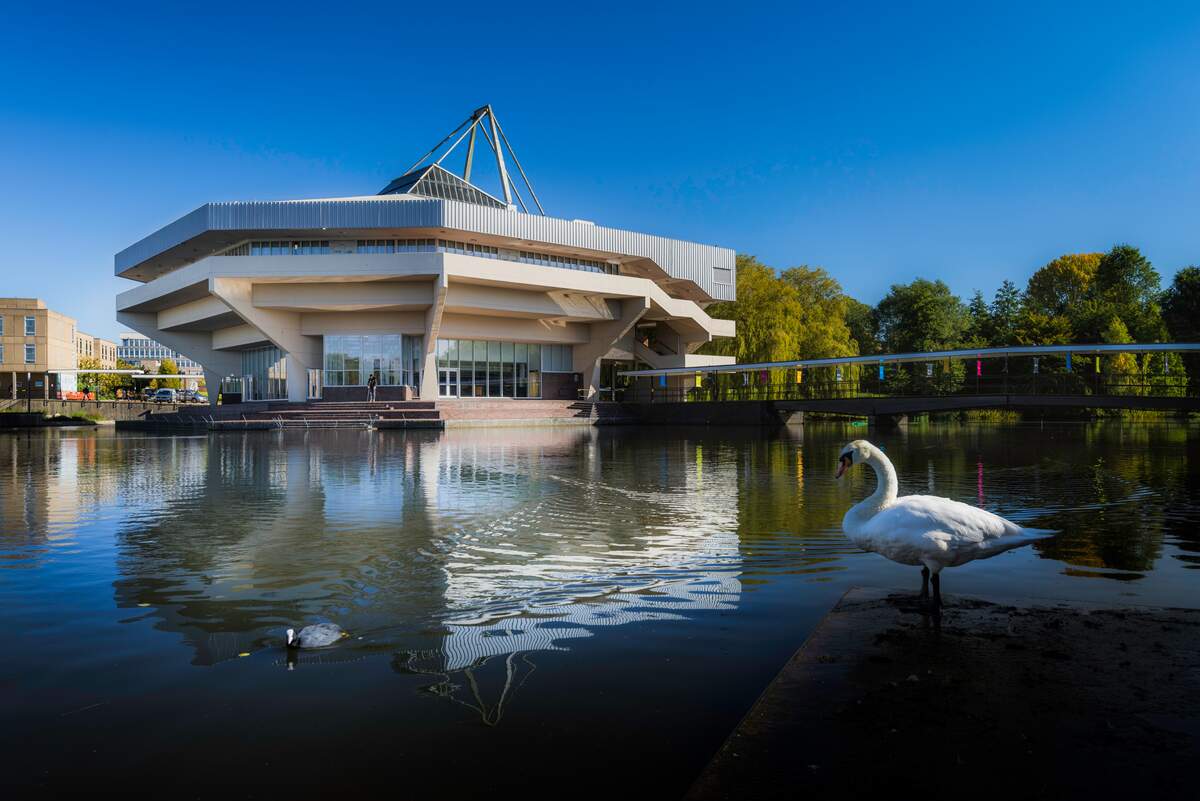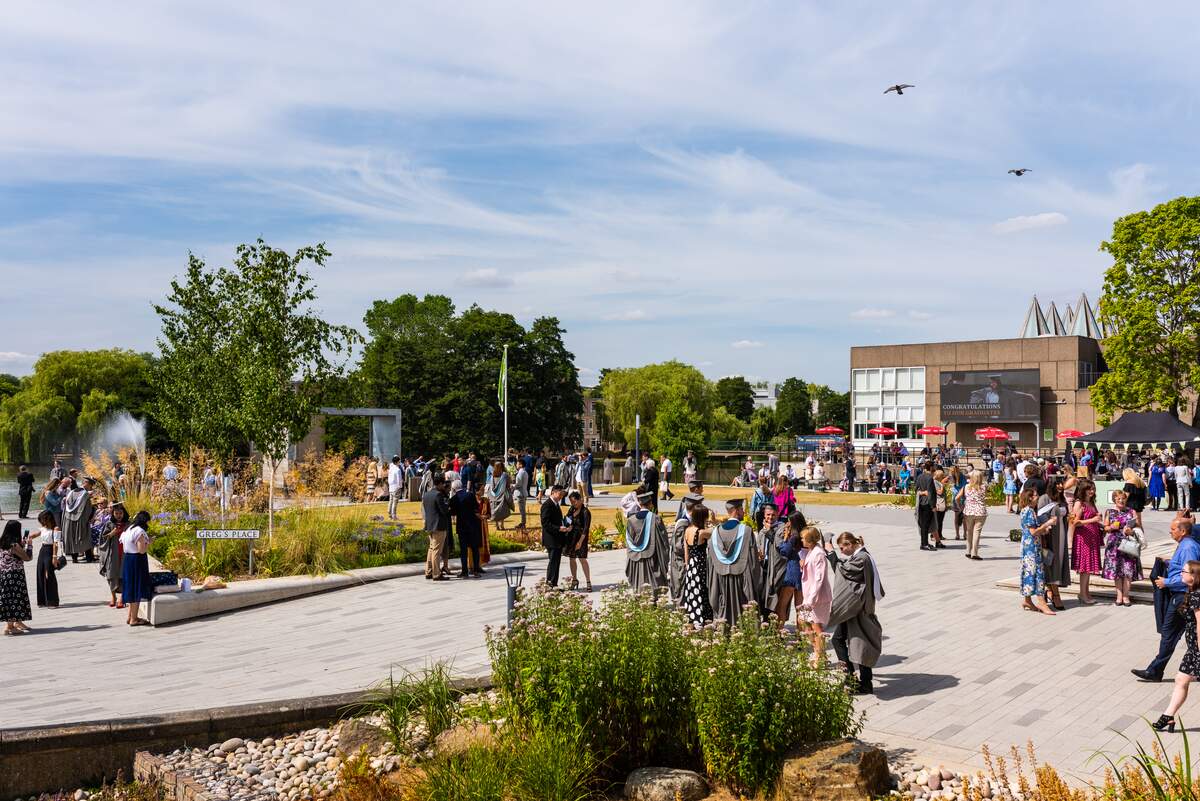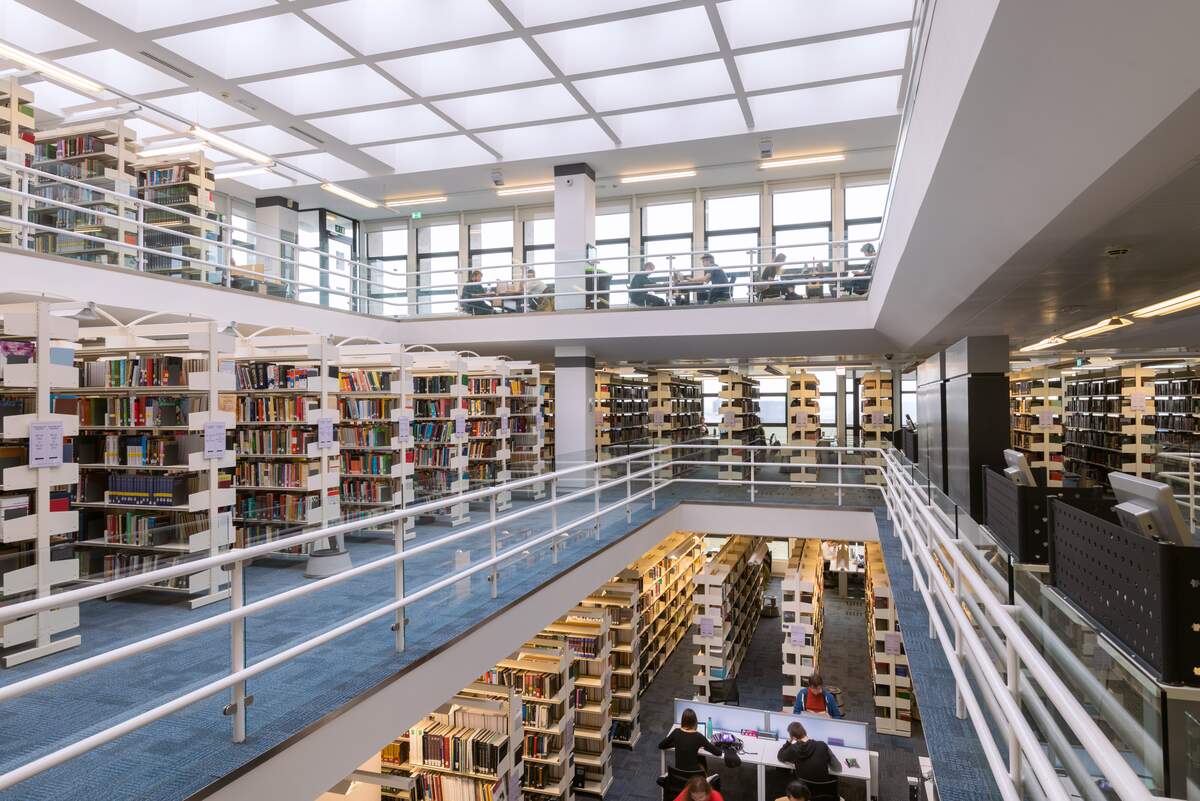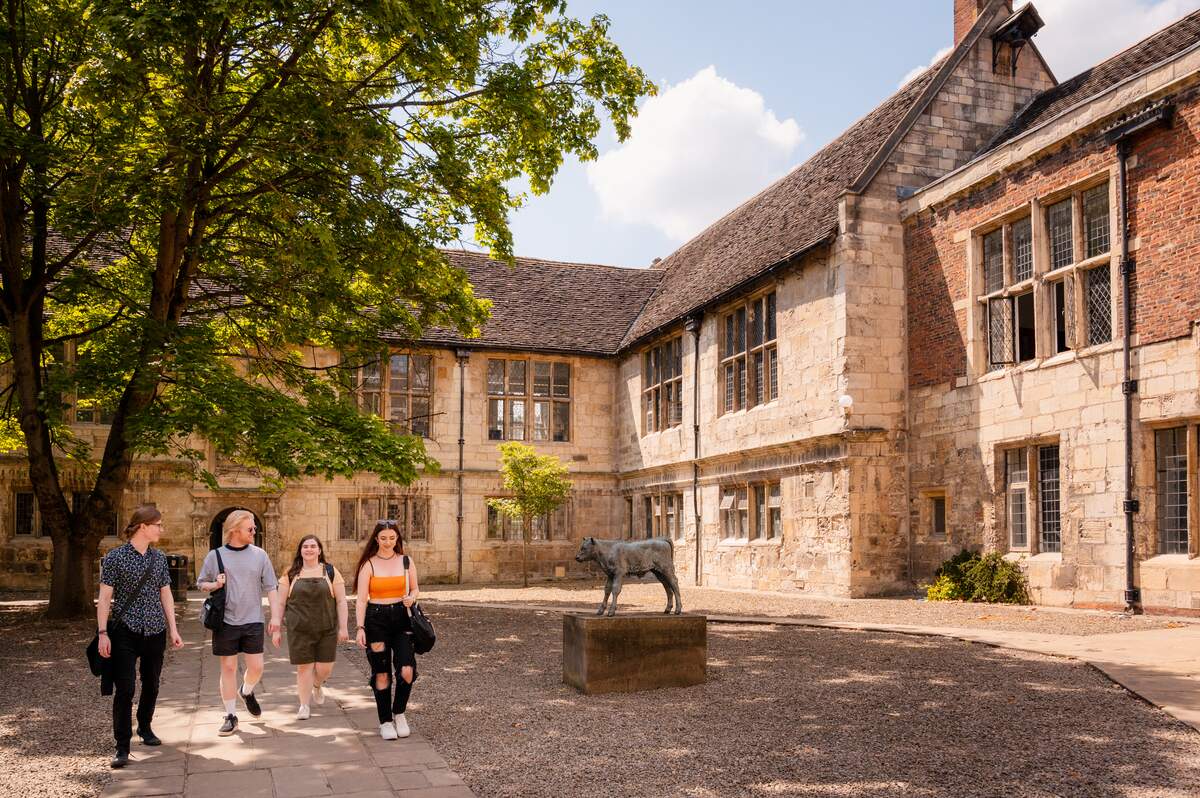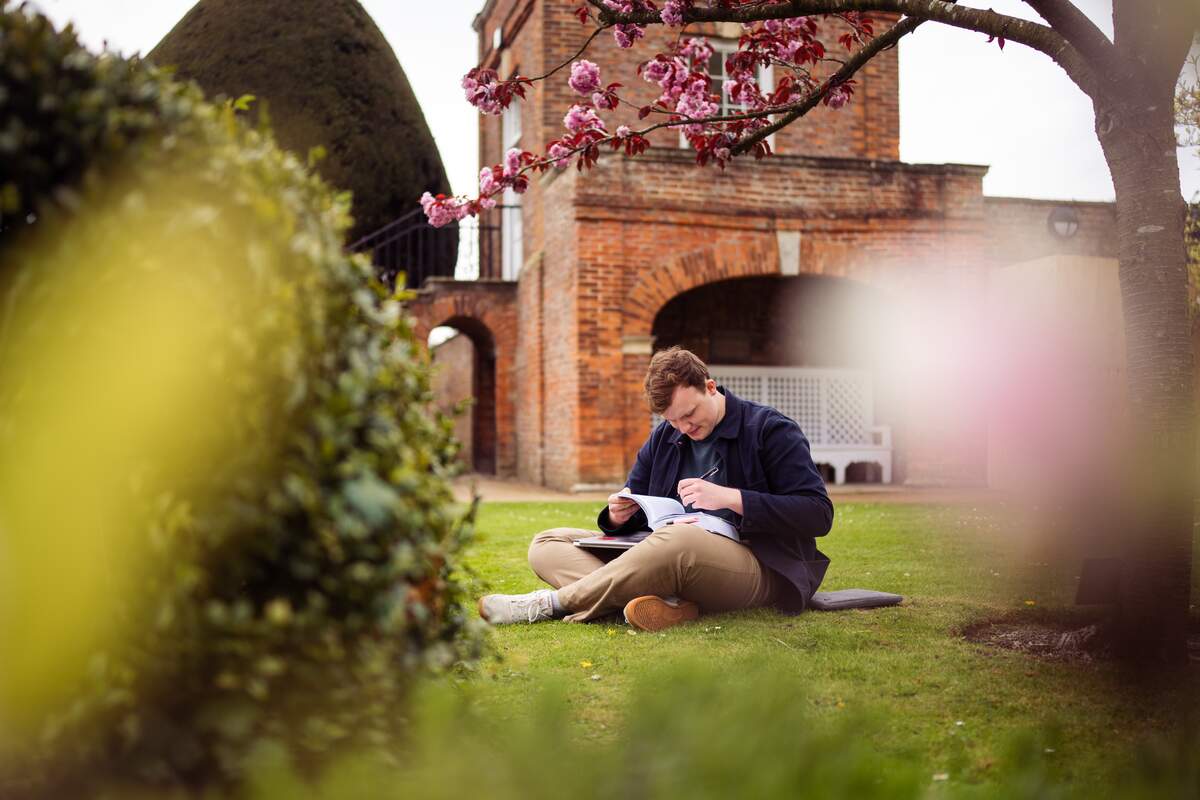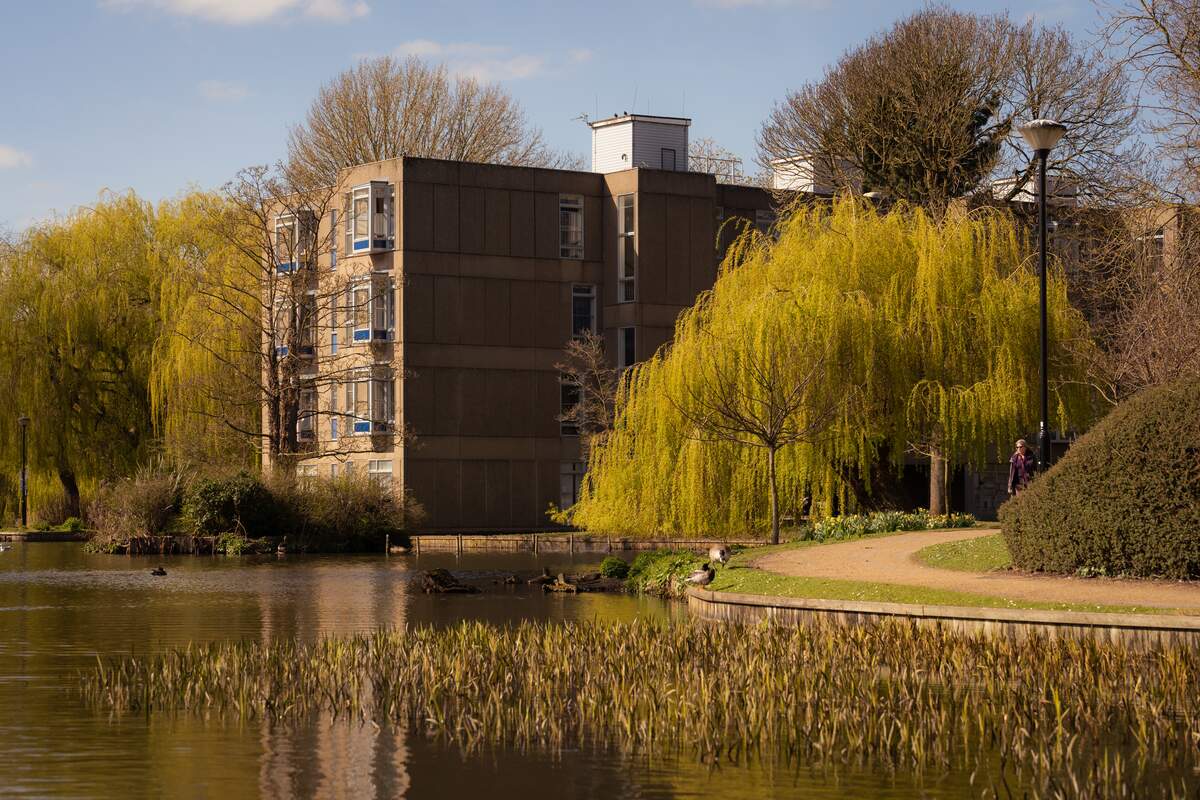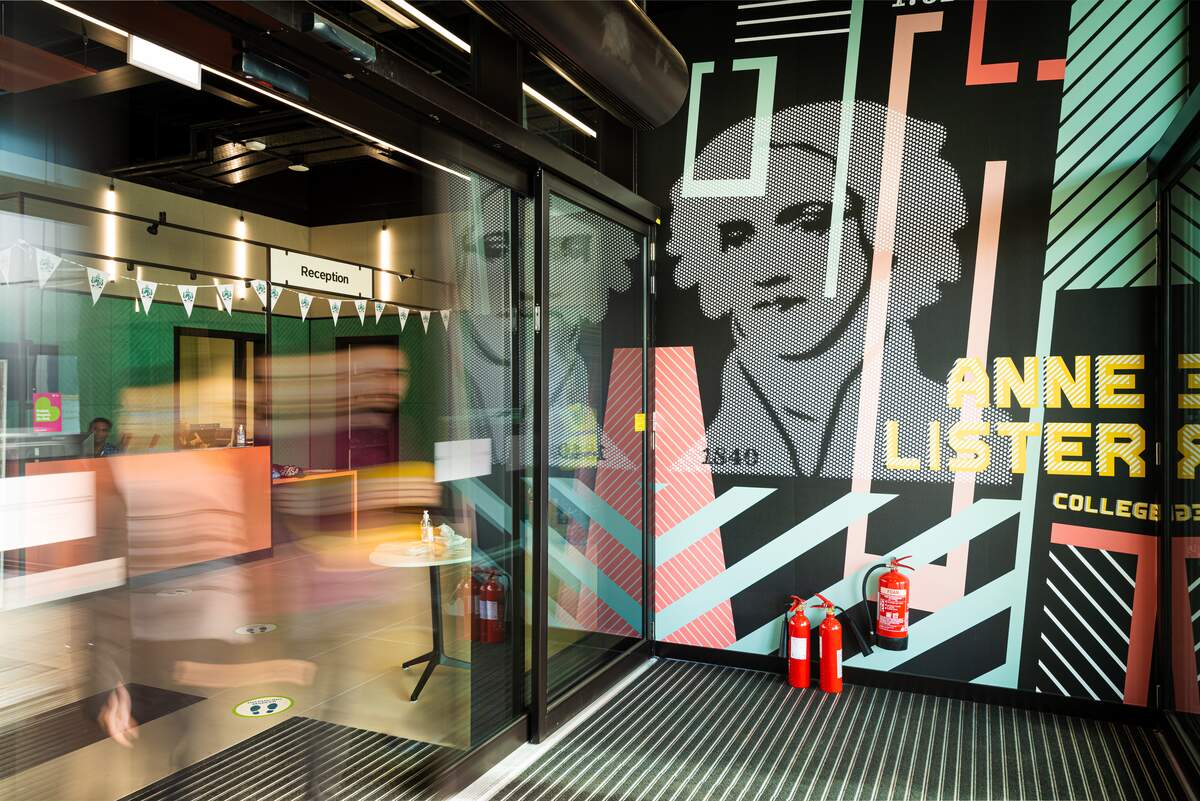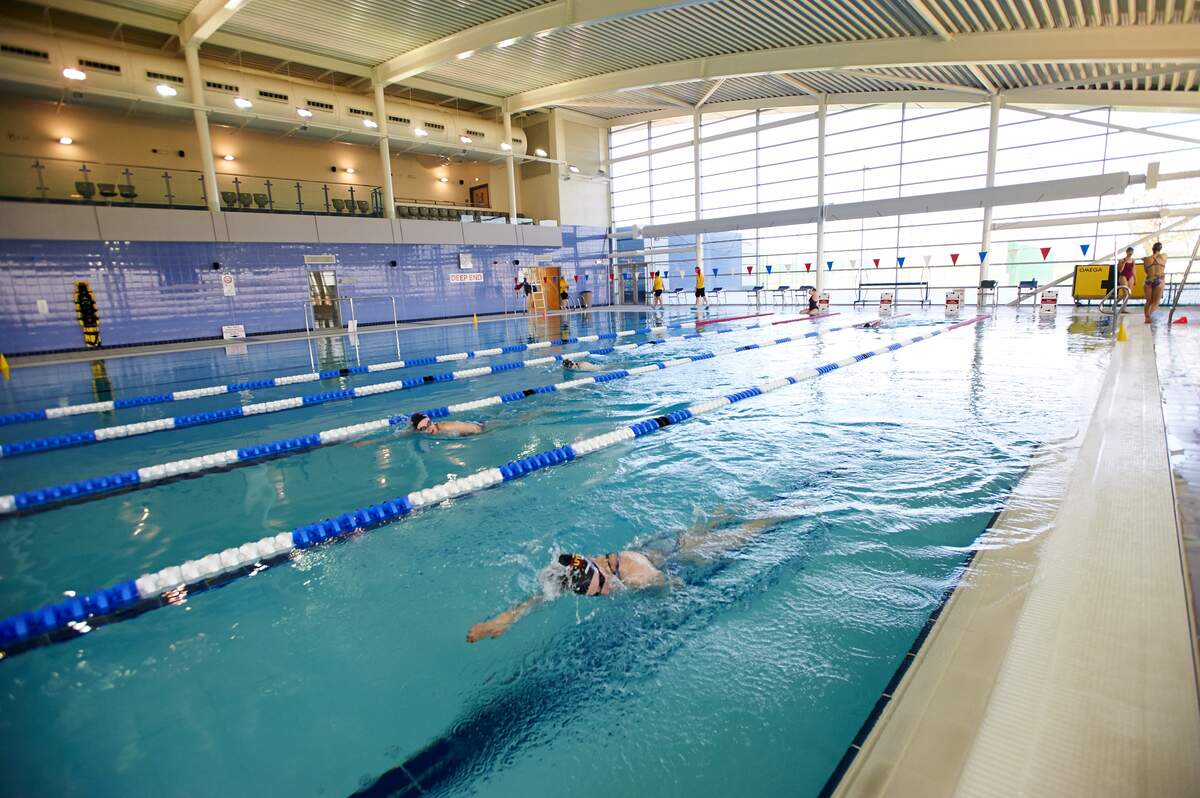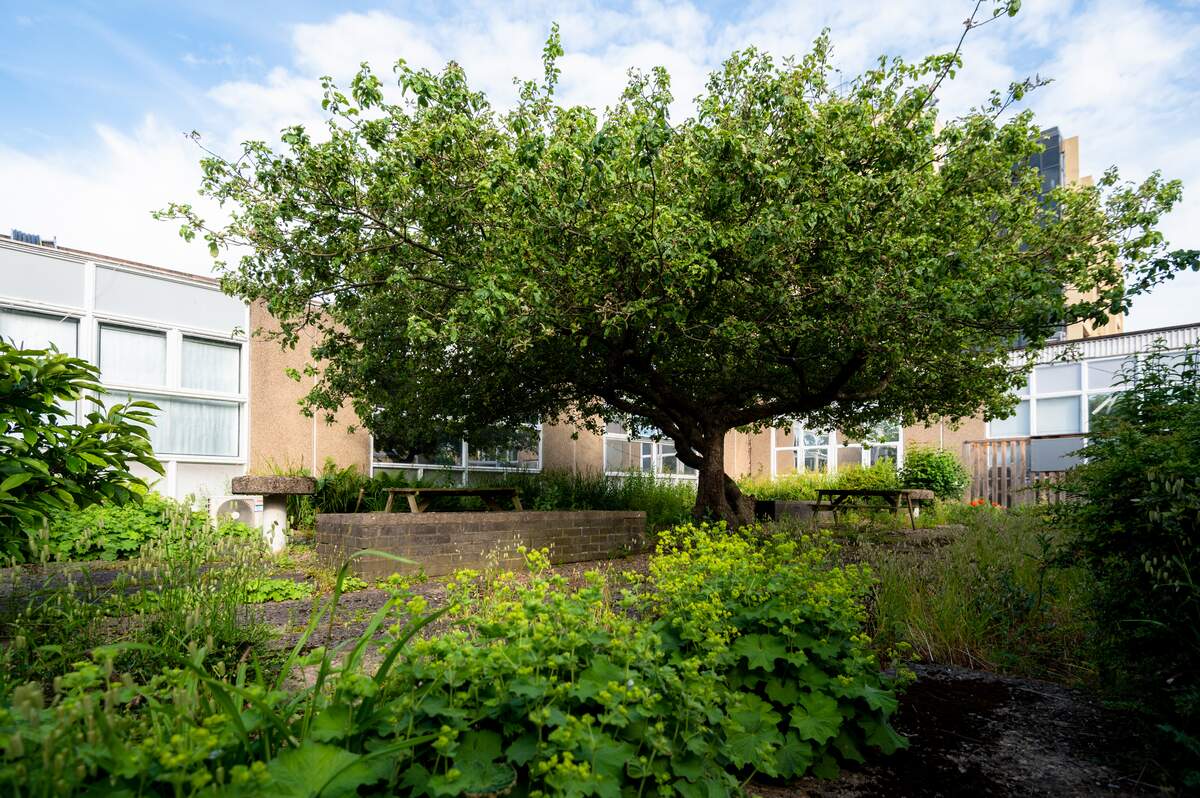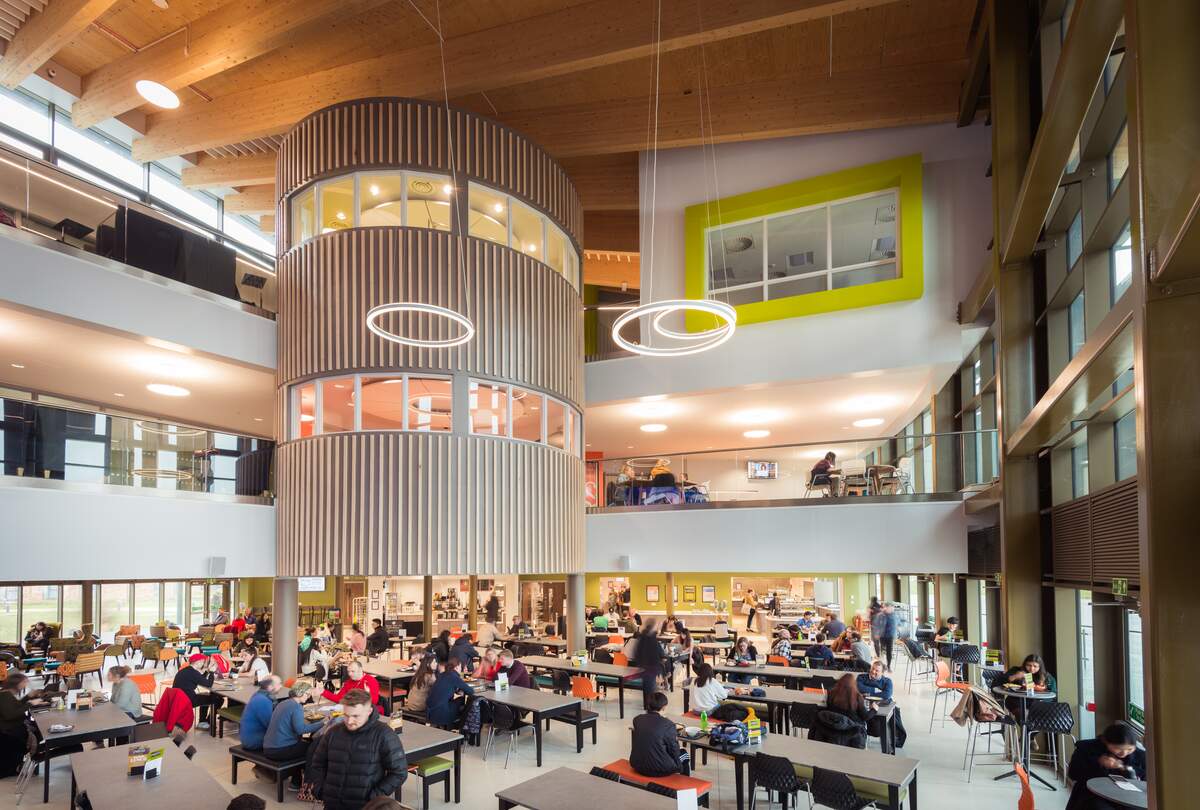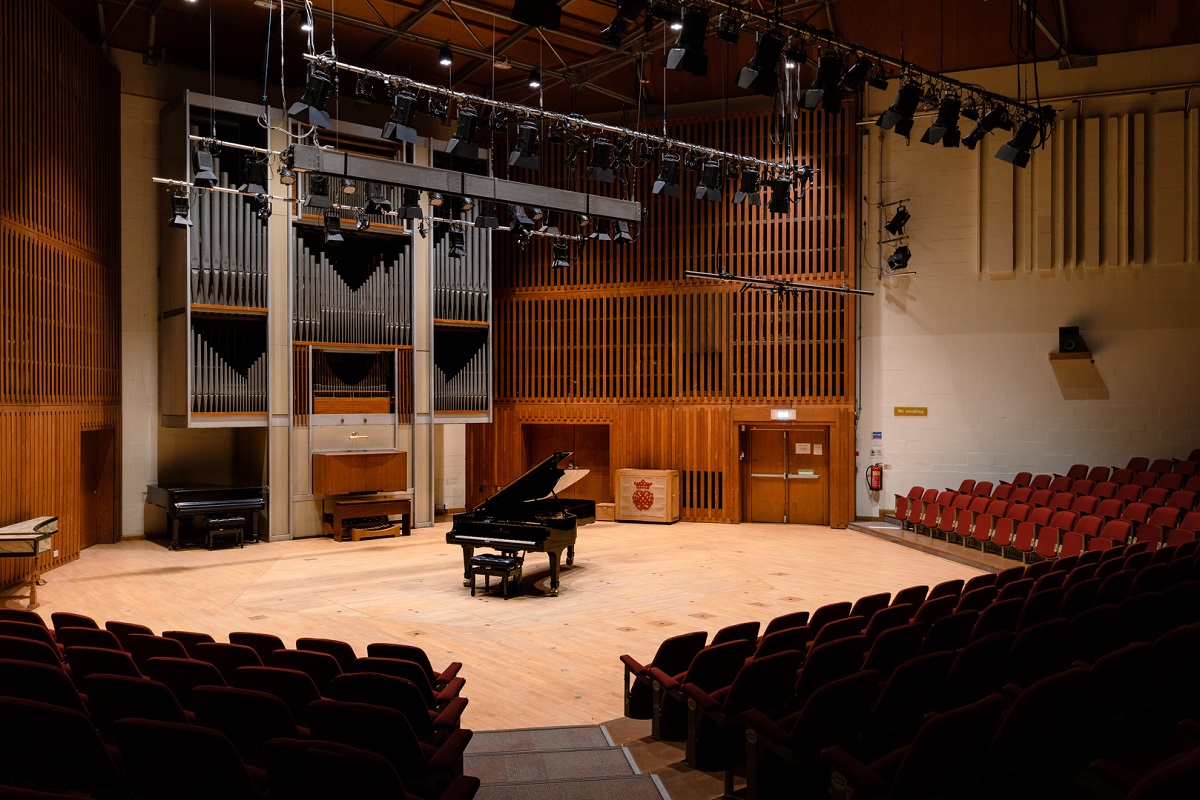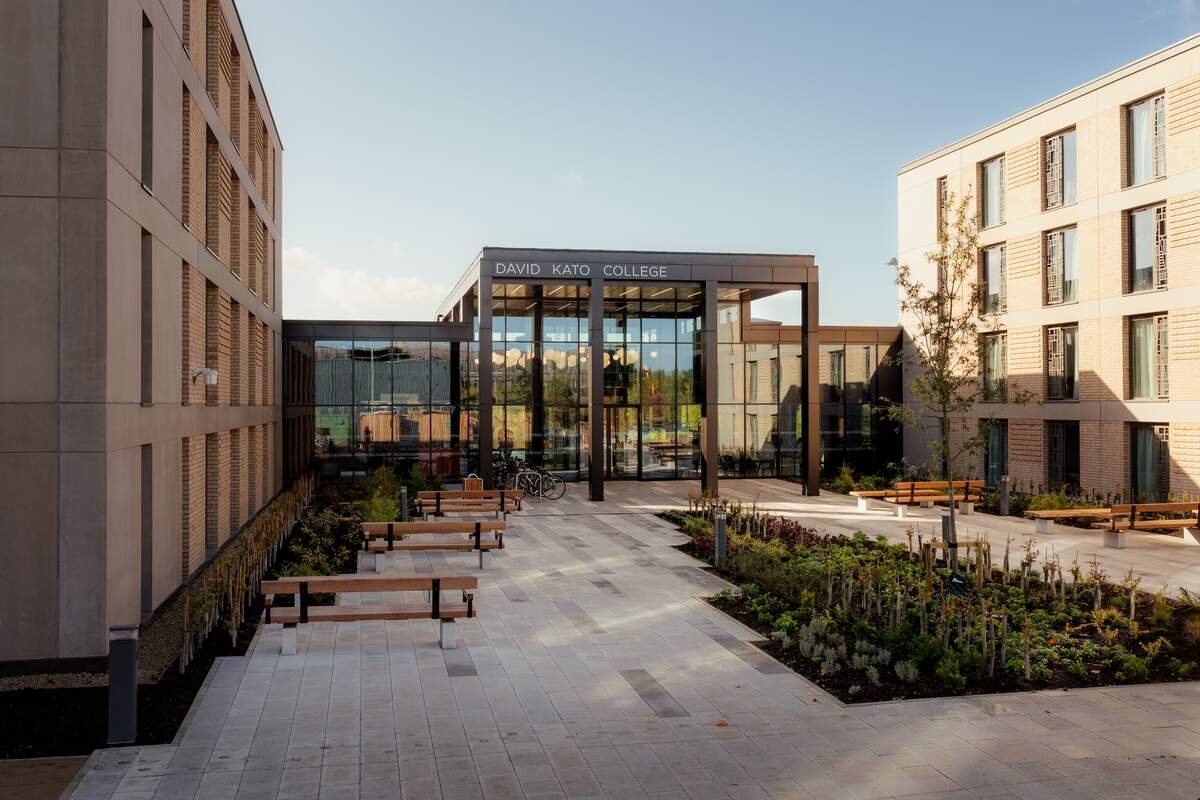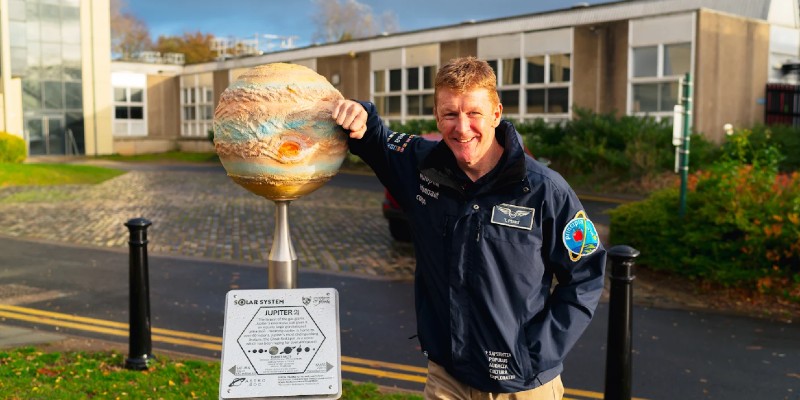University of York campus
York is a campus university renowned for its green spaces and lakes.
Our campus is home to an abundance of wildlife, hundreds of works of art, and plenty of places to eat, drink and shop. It's located within walking distance of York's historic city centre, which is home to our King's Manor site. The campus has grown significantly since the first of our buildings rose from Heslington's marshes at the beginning of the 1960s. Today, we continue to invest in our campus to ensure it's a great place to live, study and work.
500 acres of green space
with ponds, gardens, parkland and two lakes.
Campus photo highlights
Our campus is home to many landmarks including listed buildings, colleges and Central Hall.

Eat, drink and shop on campus
Campus has a great range of shops and eateries. These are open to students, staff and the public. Grab a takeaway coffee, stock up on grocery essentials, purchase University of York official merchandise, or catch up with friends over a meal at one of our cafés and restaurants.
Profits from our Eat, Shop and Drink outlets are reinvested into the University to improve the facilities and services for all across campus.
Wildlife on campus
Wildlife is everywhere on campus. Our lakes and wetlands make it a popular place for many species of birds including ducks, geese, swans, grebes, moorhens, coots and herons. Rabbits and squirrels are a regular sight across our parkland.
Long Boi, an unusually tall male duck much loved by staff and students and a favourite of BBC Radio 1 DJ Greg James, called our campus his home. The Long Boiology art trail celebrates the longest duck on the lake and the outstanding research and education that goes on in the Department of Biology.
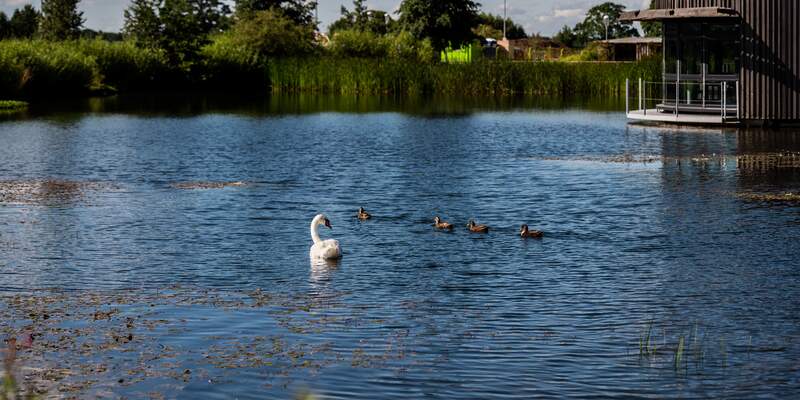
Campus tree trails
Campus is home to over 70 different tree species, both native and non-native to the British Isles. Discover more about them with our guided walking tree trails, a great way to explore campus in all four seasons.
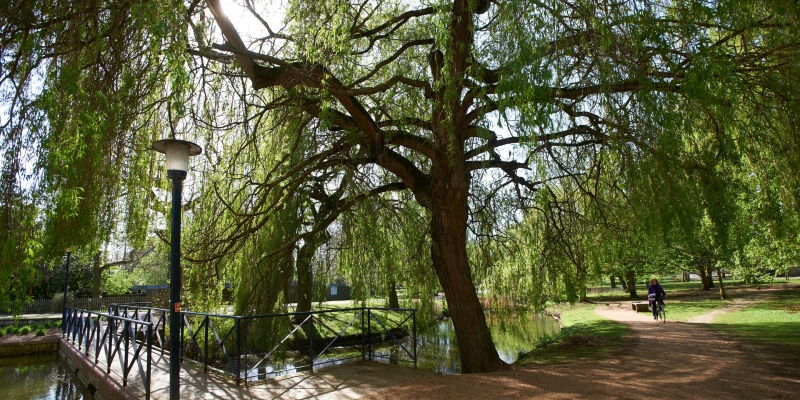
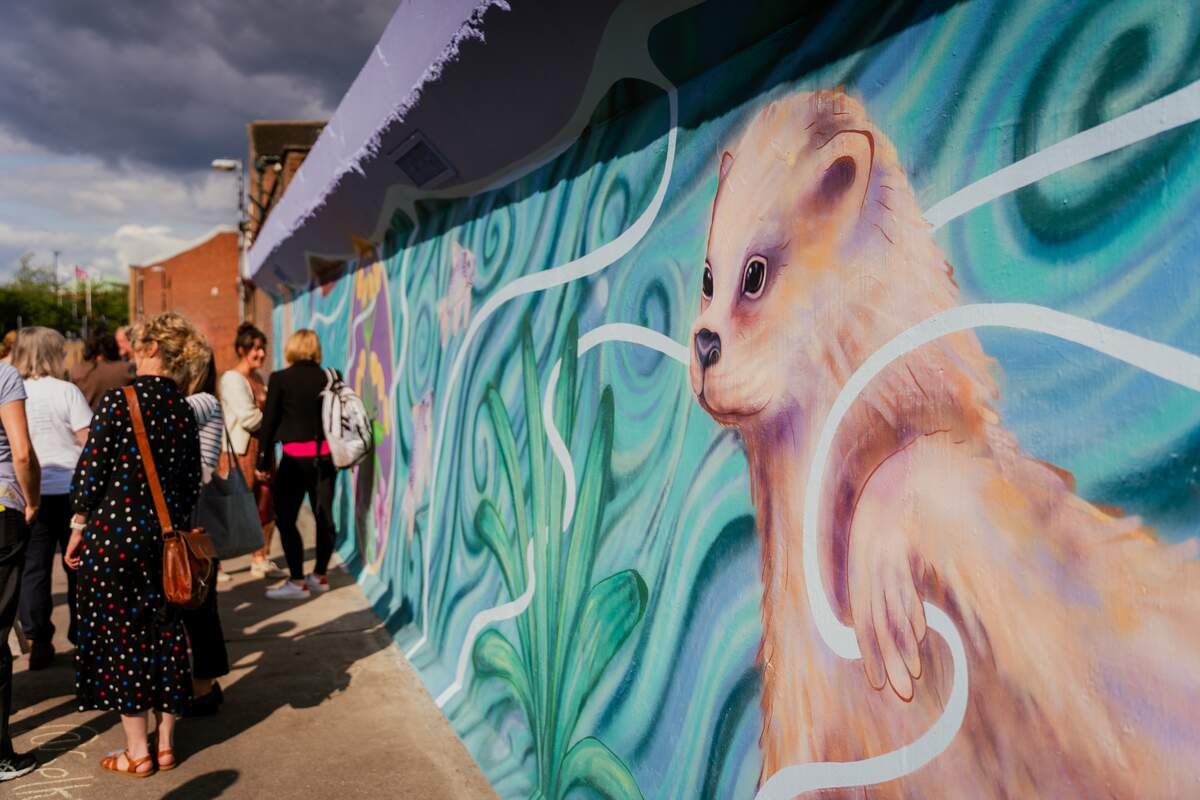
Art on campus
Art has always been part of our University. Our collection has grown to encompass over 900 artworks, including works from acclaimed artists such as Barbara Hepworth and Sidney Nolan.
In January 2022, we appointed out first Art Curator and a new era began for art on campus, opening up our collection to visitors and interdisciplinary collaborations.
Public events and opportunities
Head to campus and enjoy one of our many public events, lectures or concerts throughout the year.
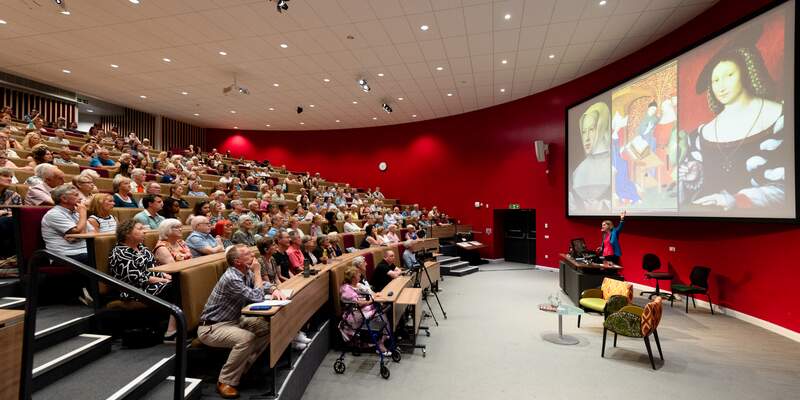
Open lectures
Free open lectures on a wide variety of topics and aimed at a general audience.
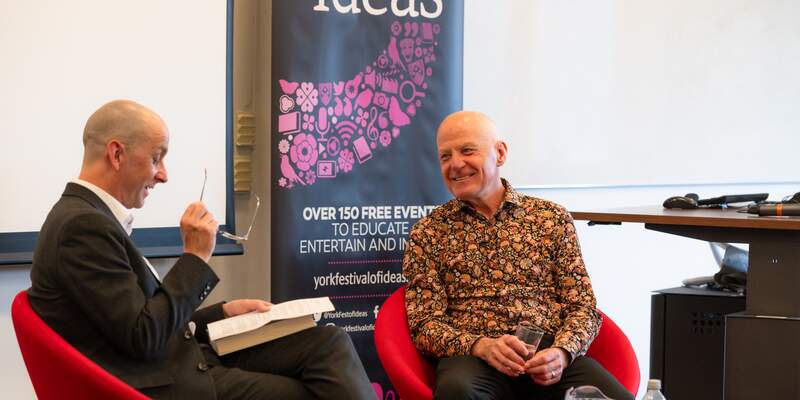
Festival of Ideas
Offering a huge range of stimulating and diverse events for all ages and interests.
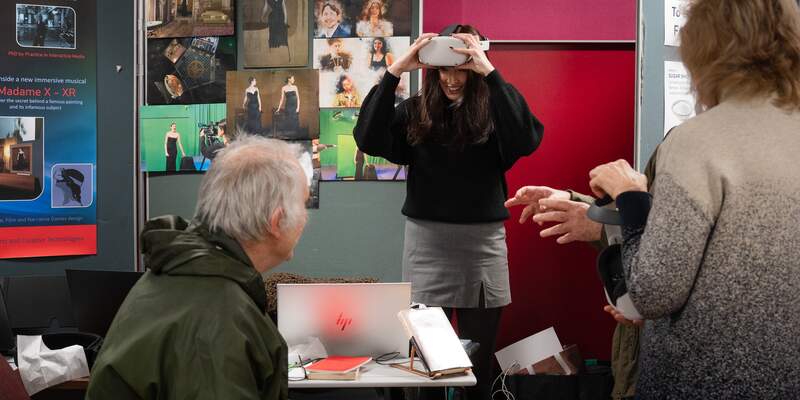
YorkTalks
An annual research showcase featuring short, accessible, 15-minute presentations.
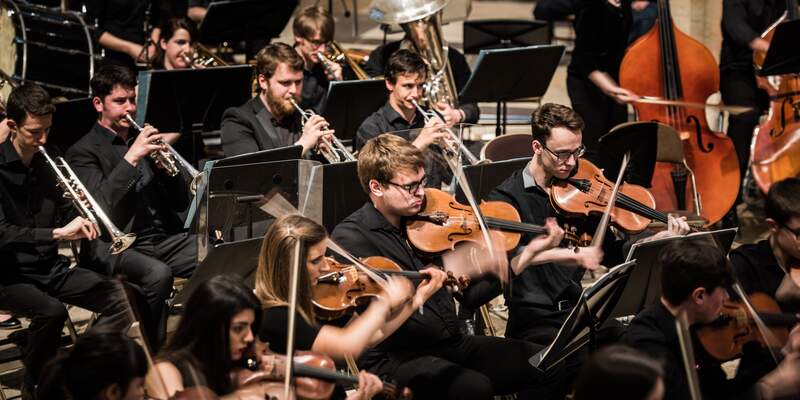
York Concerts
Our annual concert series features acclaimed artists as well as student ensembles.
Explore campus with our student vlogs
Discover more about what campus has to offer from our students.
Fun campus facts
Jimi Hendrix
performed on campus in 1967 and has a hall named after him.
Anne Lister
went to school at King's Manor at the start of the 19th century and has a college named after her.
The Buddha sculpture on campus
is gifted with coins by students hoping for luck in exams.
History of our campus
What should a university be, how should it grow, how do its activities interact, and how do people move about? These were the questions Sir Andrew Derbyshire, the University's first project architect, answered in his innovative development plan of the University in 1962. It envisioned an informal, predominantly car-free environment, with covered pathways and college buildings which integrated academic, social and residential activities.
The University opened in 1963 with three buildings. By the end of the 1960s, it had grown to include five colleges, three laboratories, Central Hall, the JB Morrell Library, a sports hall and the Sir Jack Lyons Concert Hall. Many of our original buildings are now recognised as some of the most iconic displays of Brutalism in the UK.
We revisited Derbyshire’s original plan when we kicked off discussions for our Campus East expansion at the beginning of the new millennium. In it, we readopted the key principles of community and landscape as the heart of the proposed development.
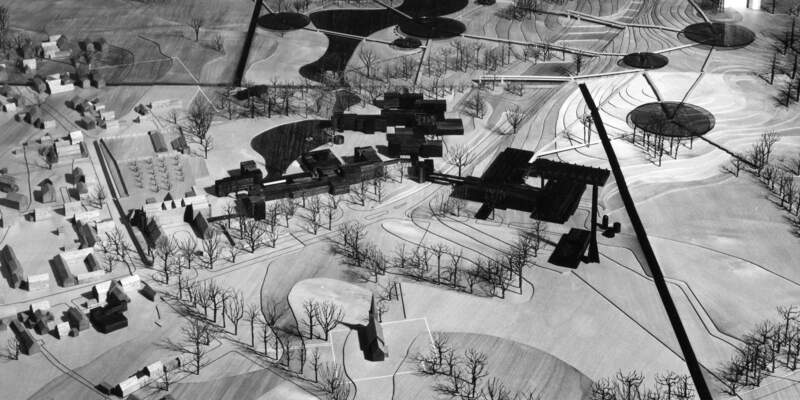
A model plan of the University
